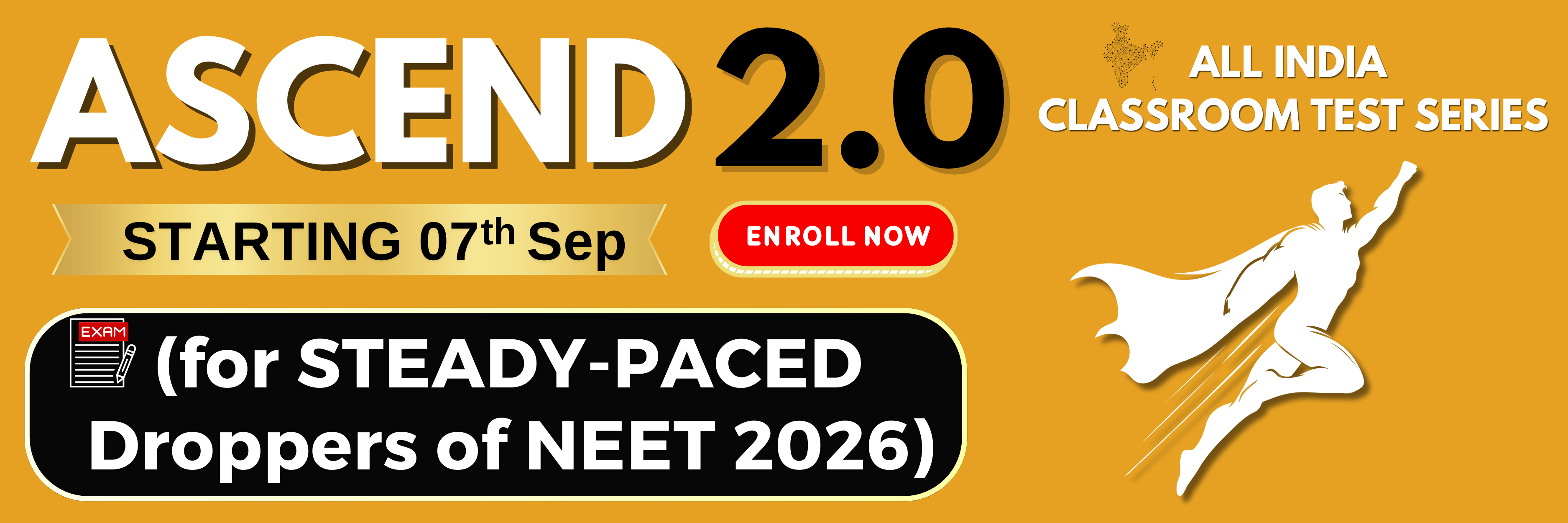The difference between ions and atoms is of:
1. relative size
2. Configuration
3. presence of charge
4. All of these
The expected trend of change in atomic radius down the group is:
1. Continuous decrease
2. Continuous increase
3. Periodic one, an increase followed by a decrease
4. Periodic one, a decrease followed by an increase
An element R forms the highest oxide R2O5. R belongs to:
1. 13th group
2. 15th group
3. 16 th group
4. 2nd group
Amongst the following electronic configurations, the highest ionization energy
is represented by:
1. [Ne]3s23p3
2. [Ne]3s23p2
3. [Ar]3d104s24p3
4. [Ne]3s23p1
Which pair of elements is chemically most similar?
1. Na, Al
2. Cu, S
3. Ti, Zr
4. Zr, Hf
In the transition elements, the incoming electron occupies (n-1)d sublevel in preference to:
1. np
2. ns
3. (n-1)d
4. (n+1)s
The electronegativity of elements from group 1 to group 17 :
1. Decreases
2. Increases
3. Remains constant
4. All of the above
The electronic configuration of the most electropositive element is :
1. [He]2s1
2. [Xe]6s1
3. [He]2s2
4. [Xe]6s2
Which one of the following is an amphoteric oxide?
1. SO2
2. B2O3
3. ZnO
4. Na2O
Transition elements exhibit variable oxidation states because they release electrons from the following orbits:
1. ns and np orbits
2. (n-1)d and ns orbits
3. (n-1)d orbits
4. ns orbits






